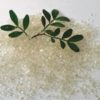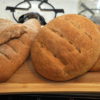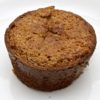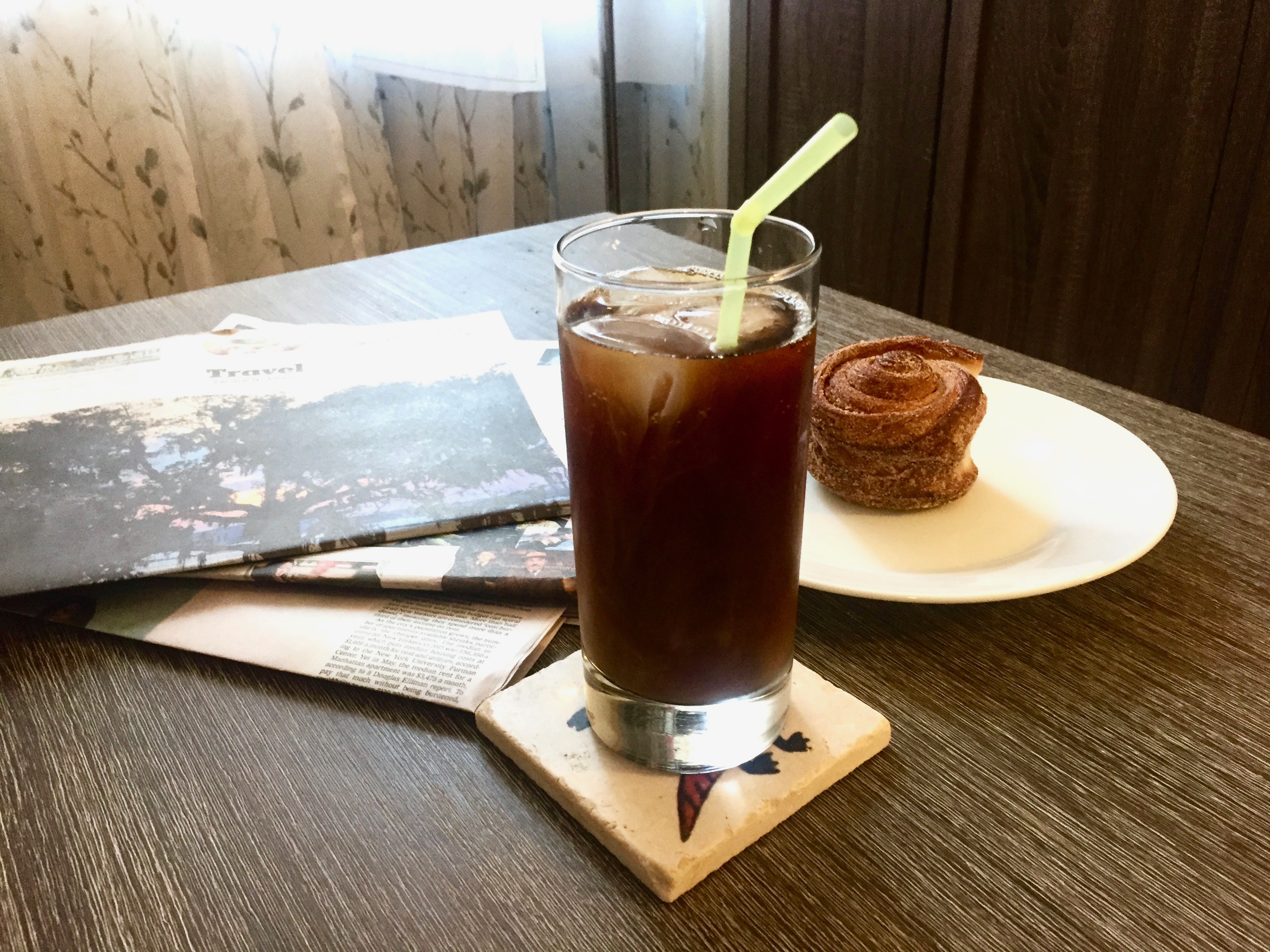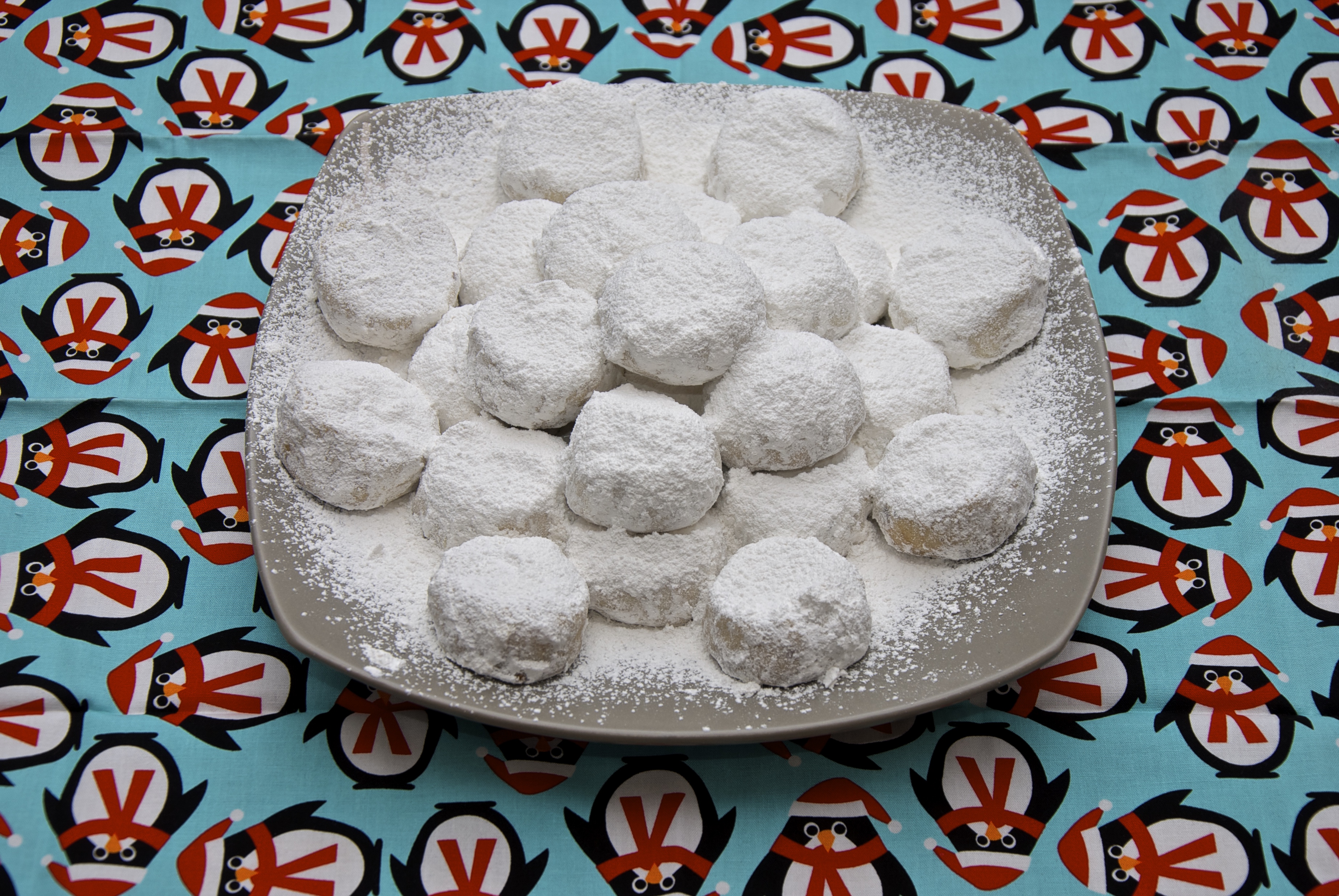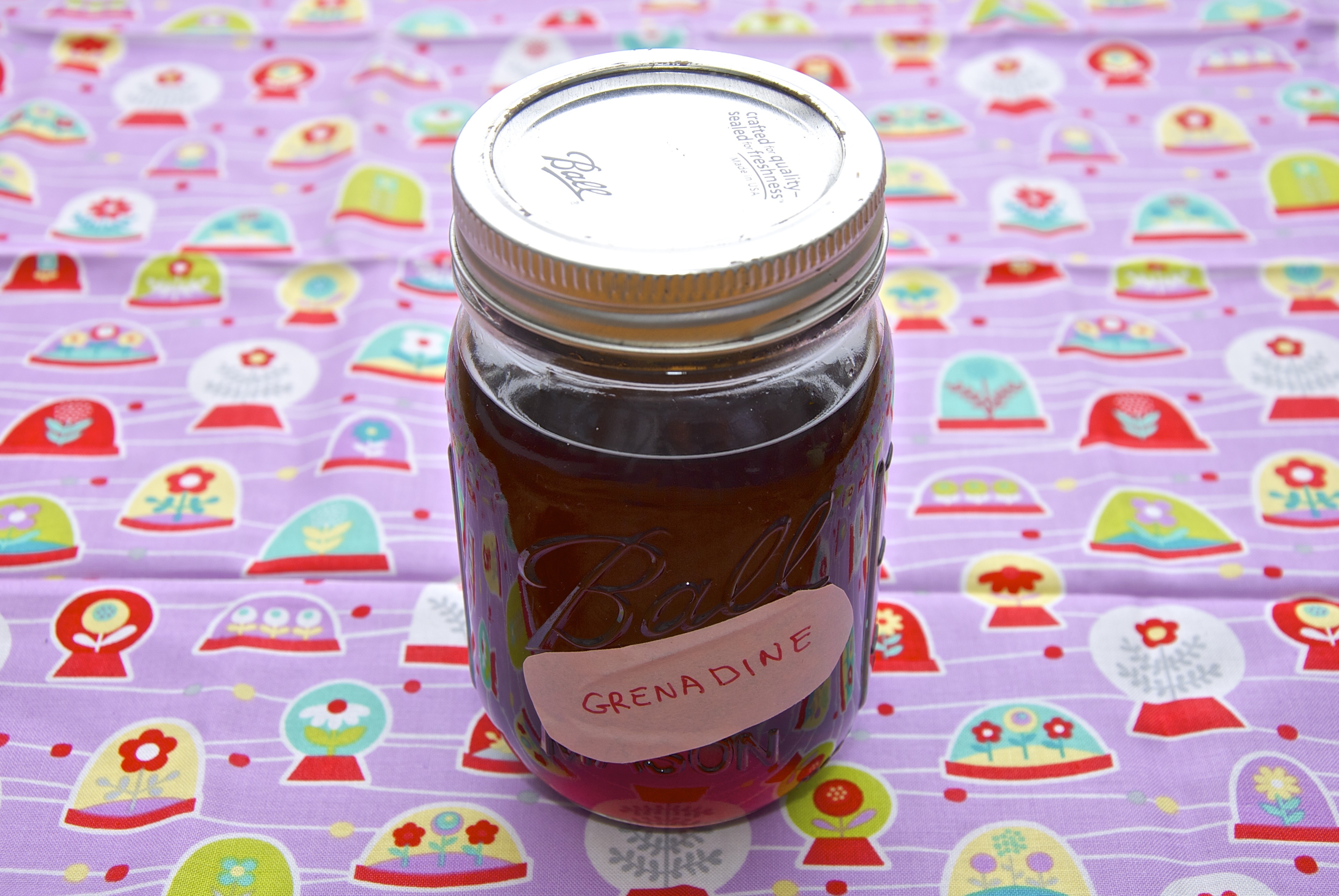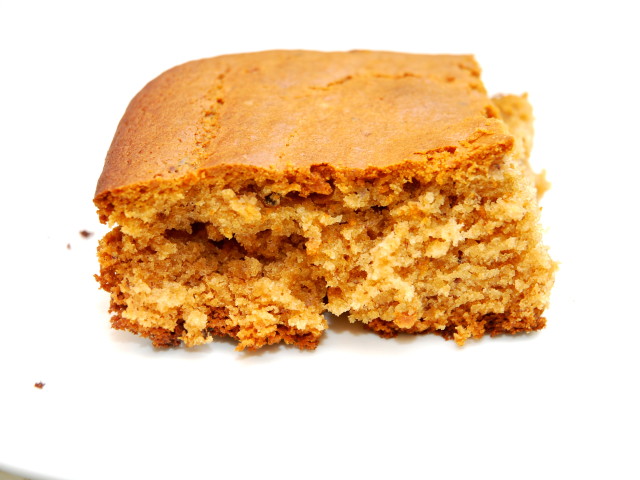
And although meat exclusion is not a problem the eggs and the dairy are important for successful baking. So here lies the challenge: Making a cake with no dairy and no eggs, both ingredients highly required in a traditional cake. Take for example the pound cake. It has equal proportions of eggs, butter, flour and sugar, by weight. So before we start we need to consider what each one of these items are supposed to offer in the baking. The eggs are simply the cement of the culinary life. The leavening used to inflate the cake. Once they start working you have a structure that is full with air and very soft and tender ready to collapse even in a small temperature gradient occurs. Have you ever opened the oven while something is baking? That’s what I a talking about! To prevent that we add the eggs. The proteins (albumin) unfold and mingle making a mesh that provides the required support. The eggs set way before the internal temperature reaches 210 F stabilizing the cake very quickly. On top of that the flour acts as a filler material, imagine it as the bricks of the structure. They, themselves, however, (I mean the flour sorry) have protein that can actually become long and elastic strains making the cake tough and chewy. The flour protein glutein, is reacting with water making gluten (a protein network) the chew substance that gives bread and pizza crust its bite. To prevent that from happening there the golden rule of baking that states:
Do not to mix too much, just barely until things come together.
As an additional protective measure there is also the cake flour that has less protein and therefore less chewiness. In addition we also have butter. Imagine butter just like the tin layer of cement that gets in between the bricks. Coates the flour grains in fat and prevents thusly the toughening by engulfing the grains preventing the proteins from mixing. If a cake was a house wall then it should look like the one in the figure.

The egg provides the structure of the wall. Columns and rows. The flour is the bricks filling the space. Finally the butter provides the required tenderness by preventing the brick coming very close together.
1. Mix longer than normal until the there are no flour lumps.
2. Us more leavening.
So after all this super long introduction to Cake Mechanics here is the revised list of ingredients, that also complies with the 7 or 9 ingredient rule.


- 3 Cups of All Purpose flour
- 1 tbsp of baking powder + 1.5 tsp
- 1 Cup of sugar
- 1 cup of vegetable oil (anything you like, or mix)
- 1 cup of orange juice (or other acidic juice or mixed juice) – You may need a little more based on how thick your batter turns out.
- 1 tsp of baking soda
- 1 cinnamon stick
- A few clove sticks
- Salt


First thing on the list is the grinding of the spices. Put the clove in a grinder or mortar and break the cinnamon in smaller chunks for easier grinding. If it looks strange to you, it is because that ’s how cinnamon is. The barmy woody thing sold is not cinnamon is Cassia. First cousin of cinnamon but certainly different. But either of the two will do. Cassia is a little stronger so use less.


There now grab the pestle…


and start grinding i circular motion. Yes. mortar and pestle are meant to be used together in a rubbing fashion, not in slumming fashion. Hitting not only make unnecessary noise but also makes small chips of stone which are generally regarded as not good food.


After a few minutes you are done, and you got a nice work out.


Although we have different ingredients list than usual we still have the same procedures, at least for now. So mix dry and we separately. Start with the flour, which you should shift, but I have no shifter yet.


Follow that with the baking powder. Golden rule: per cup of flour a tsp of baking powder. So 3 cups 2 tsp or one tbsp. In this case however, we add a bit more to make up for the fact that we need more rise than normal so we add an additional 1/2 tsp per cup so 1 1/2 tsp or 1/2 tbsp.


Add the baking soda. Baking soda too? Yes. We have an acidic juice, that means we need to counter the acid with a base. Soda is a base and there you go. Again estimate 1 tsp per cup of juice give or take. If you don ’t add that, then the cake will have a lower pH (4-5) which will result in less browning…


Finally add the salt. Yes salt. Everything needs salt. Taste is is just a series of electromagnetic signals sent to the brain. The presence of electrolyte enhances these signals and salt is an electrolyte. In small quantities, it is undetectable in the taste and also is enhancing all the other flavors.


And finally add the spices. The cake might get his body by the flour but it get’s it soul from the spices!


Now mix everything!


Now let’s have the wet team assembly! Starting by the oil… Which I break down to 2/3 cup of vegetable oil and


1/3 of olive oil. Extra virgin. There is something about the aroma of the extra verging olive oil that is simply irresistible.


The we add 1 cup of orange juice. Or in this case, mango, pineapple and orange juice.


And the sugar. I know sugar is usually solid. Well not usually always is solid. But it needs to be dissolved, and due to the high solubility in water-based liquids (juice in this case) it is usually treated as liquid. Adding it to the dry goods, will require a lot more stirring which will result in a lot more gluten… Even more than wha we need here.


Now just mix them until the sugar is dissolved. If you do that with a fork it will take sometime but it will get you there.


And now almost the last step. Pour the liquids on the dry and…


…mix. Usually this step is done quickly and with the least possible mixing. Here we do it longer until it is a slick, smooth thick batter.


Once that done oil a pan, I love pyre since the heat diffuses much slower, giving time to the baking powder to reach full gas production before setting. The recipe is for a 9×12 inches pan.


Pour in the batter. It is slow pouring and thick. Thicker than honey. And it also smells… what is the world I am looking for… AWESOME!


Smooth it out and set the oven to 350 F. Wait about 15 mins before you put in the oven. If it’s electric make it 25 mins. Bake for 50 mins.


Baked should look like this golden brown and delicious.


Of course there is always the true fast of baked cake. Take a knife a pierce the cake towards the center.


The knife should come out clean and just barely moist. If so, it means you are done! The cake is still moos but cooked.


Now the hard part. Let it cool for at least 30 minutes. Then cut it in portions of 3×3 or larger.


While it still hot it has a nice crunchy outside and nice moist interior.


Cooled is still nice and probably the best coffee cake ever.


